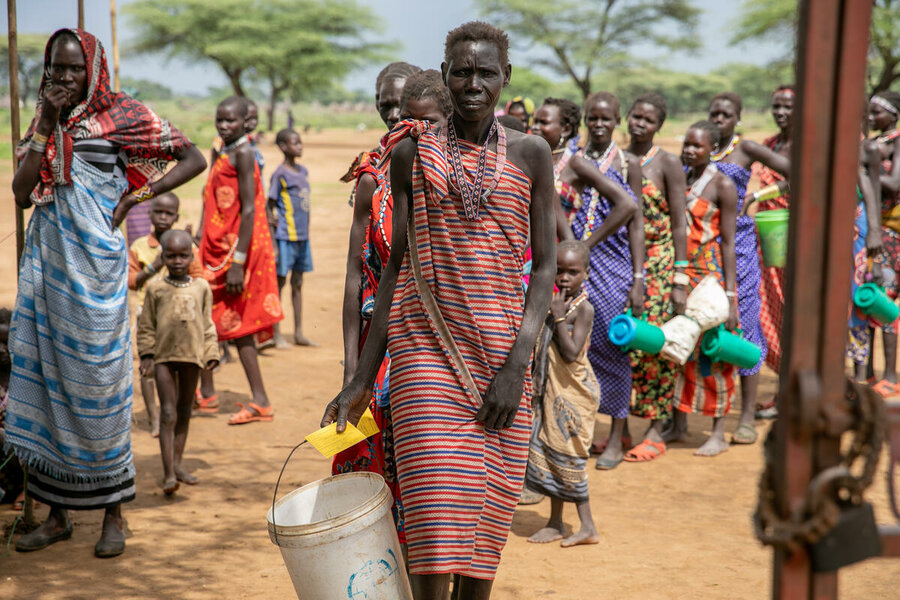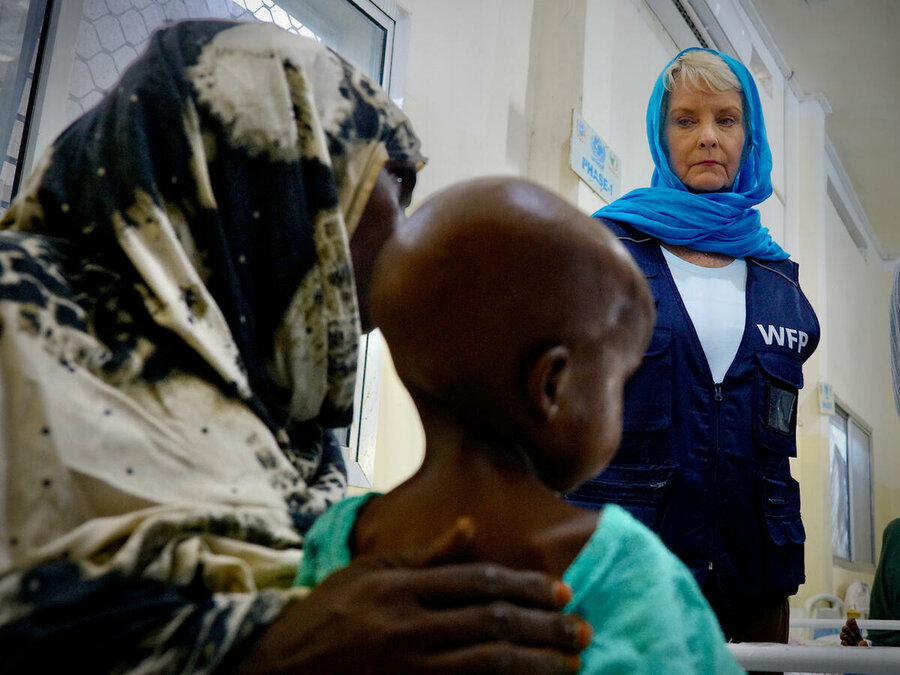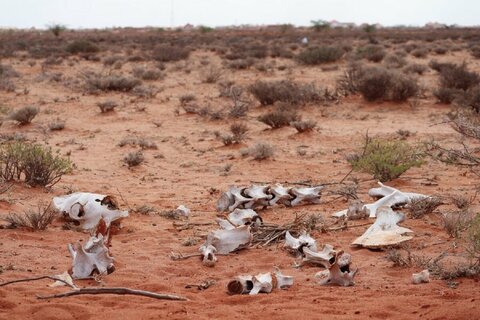
Millions of people in the Horn of Africa are trapped in a hunger emergency as the region lurches from crisis to crisis: the longest drought in recorded history has given way to rains and flash flooding, the World Food Programme (WFP) warned today.
Food and energy prices remain stubbornly high as the impact of the conflict in Sudan reverberates around the region.
"Conflict, climate extremes and economic shocks - the Horn of Africa region is facing multiple crises simultaneously," said Michael Dunford, WFP regional director for Eastern Africa.
After five consecutive failed rainy seasons, flooding has replaced drought, killing livestock and damaging farmland, further shattering livelihoods. "And now the outbreak of conflict in Sudan is forcing hundreds of thousands of people to flee their homes."

When the region's long-awaited rains arrived in March, they should have brought some relief. But instead, flash flooding inundated homes and farmland, washed away livestock, and closed schools and health facilities. Yet more people were forced from their homes: 219,000 people in southern Somalia, where 22 people were also killed.
After three years of drought, more than 23 million people across parts of Ethiopia, Kenya and Somalia face severe hunger. Mortality and malnutrition rates remain a serious cause for concern.
Hit by multiple crises, tens of thousands of Somalis flock to refugee camps in Kenya

Consecutive failed harvests and high transport costs have pushed food prices far beyond the reach of millions in the region. A food basket in Eastern Africa in March 2023 cost 40 percent more than a year ago. In Ethiopia, fuel prices have almost doubled in a year.
It will take years for the region to recover, and humanitarian assistance is a lifeline. Yet, limited humanitarian resources are being stretched further still by the conflict in Sudan, which has sent over 250,000 people fleeing into neighbouring countries such as Ethiopia and South Sudan where food insecurity is already desperately high.






